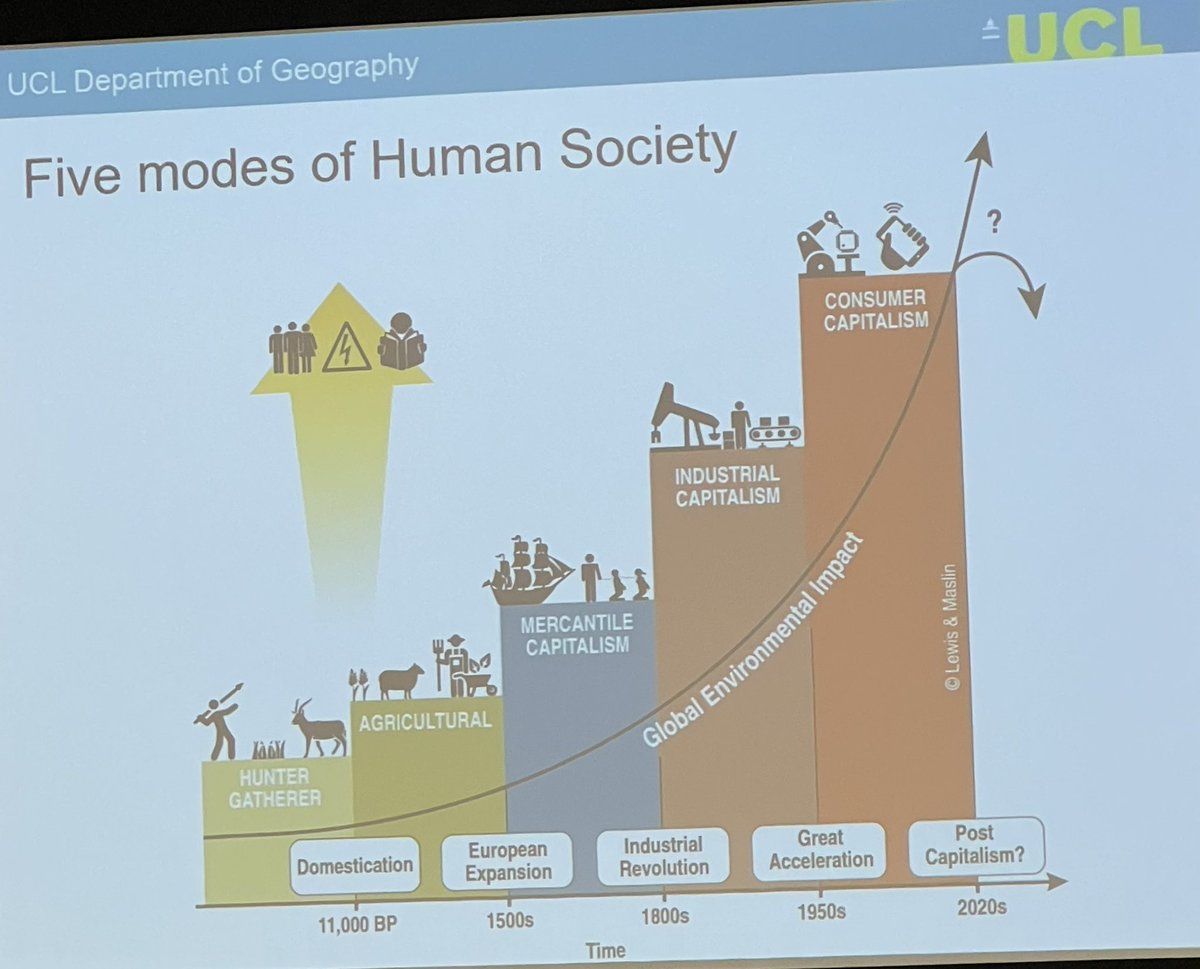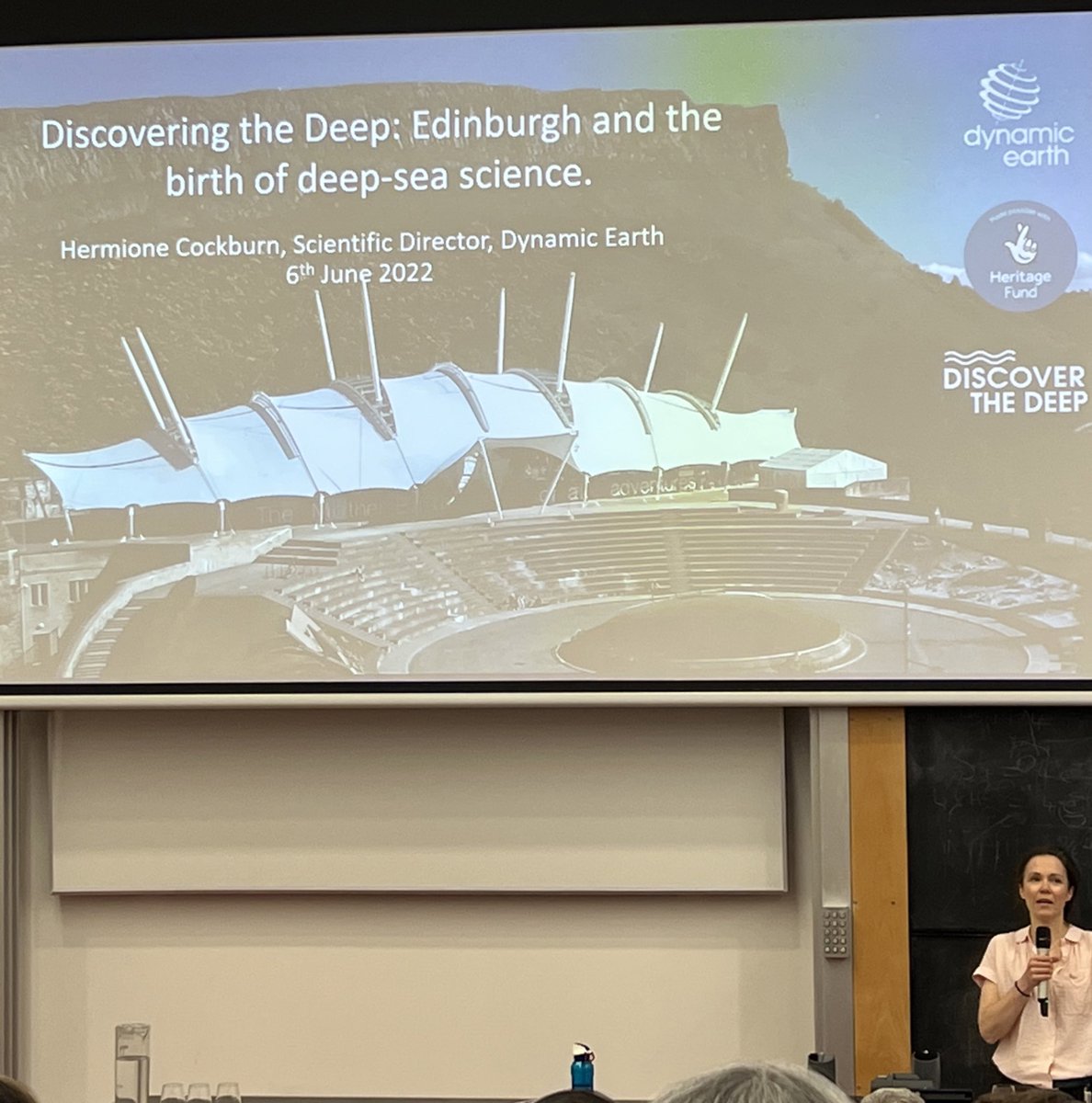Our session Exhibiting Extinction and Endangerment now happening at #spnhc2022!
After my brief introduction, Verity Burke @DrVerityBurke talking death masks
After my brief introduction, Verity Burke @DrVerityBurke talking death masks

Burke @DrVerityBurke turns to her work on the death masks of Alfred the gorilla 🦍 . His taxidermied body is in Bristol Museum, but other things like his bust appear in zoo. 

His death mask was used to make plaster bust that is in M Shed, but it is a celebrity portrait not presented as conservation object. 

Burke makes point that masks might have value as exhibition objects that give a different feel for death than taxidermy mounts.
Isla Gladstone @isla_gladstone speaking on Extinction Voices & Extinction Silences and the motivations for new encounters with extinction at Bristol Museum. 

The veiling of the specimens was complemented with conversational space. Great public response.
But @isla_gladstone has kept working on this, including engaging critiques of the language, assumptions & solidarity raised by Persephone Pearl from @ONCA_Arts
But @isla_gladstone has kept working on this, including engaging critiques of the language, assumptions & solidarity raised by Persephone Pearl from @ONCA_Arts
Has required critical reflection on structural roots of the acquisition of animals (and in fact human remains too) for the museum. Legacies in displays even now. Have to look at the silences - what is not said. 

The third speaker is Anna Guasco @GuascoAnna on extinction narratives and justice in the museum. Museums as only future sites for currently endangered species. 

Guasco analyzed the Survival Gallery of National Museum of Scotland. The gallery starts with 🦤 then on to evolution. When you turn corner, humans appear as homogeneous separate-from-nature beings that cause loss of biodiversity.
Guasco points out the narrative arc Doom to Hope on the final wall.
Her critique of the exhibition is that it downplays entanglement and difference.
Her critique of the exhibition is that it downplays entanglement and difference.
Our final talk is Alice Would @WouldAlice on Running Out of Time: Extinction, Impermanence and Museum Display
Specimens are all that remains of extinct animals, so decisions about them matter to past, present & future.
Specimens are all that remains of extinct animals, so decisions about them matter to past, present & future.
Would’s own experience with her own taxidermied rat that decayed over corona times made her reflect on the craft and battle with time. 

Super pleased with the papers in our Exhibiting Extinction & Endangerment session and the audience response (except the one guy who was being “reviewer 2”, if you know what I mean). Thanks to all the participants: @isla_gladstone @DrVerityBurke @GuascoAnna @WouldAlice !
• • •
Missing some Tweet in this thread? You can try to
force a refresh









